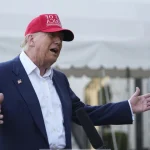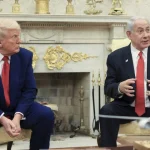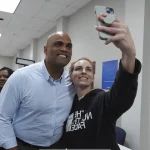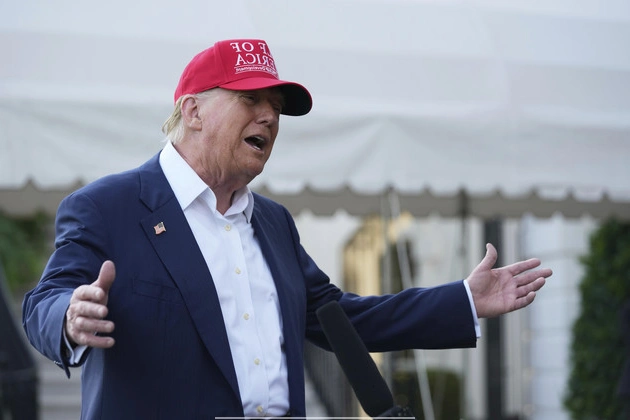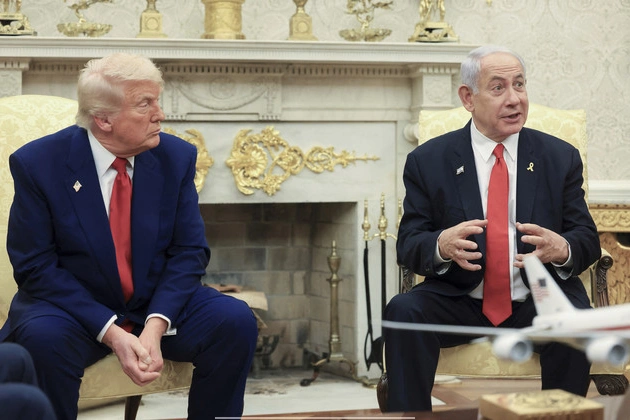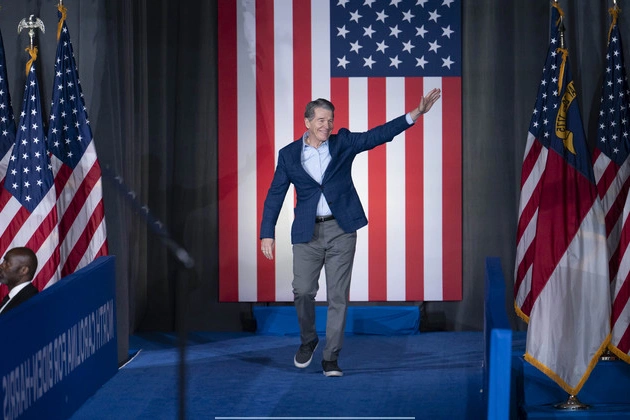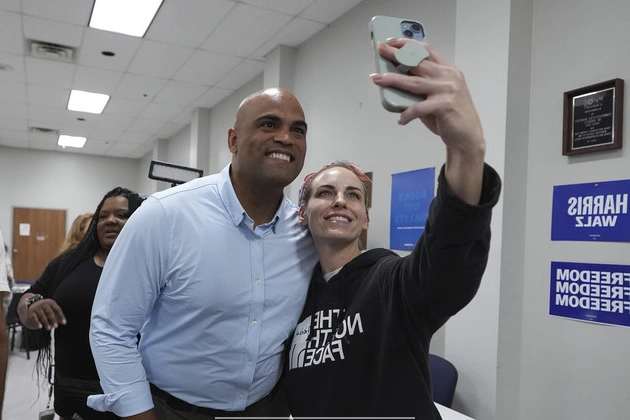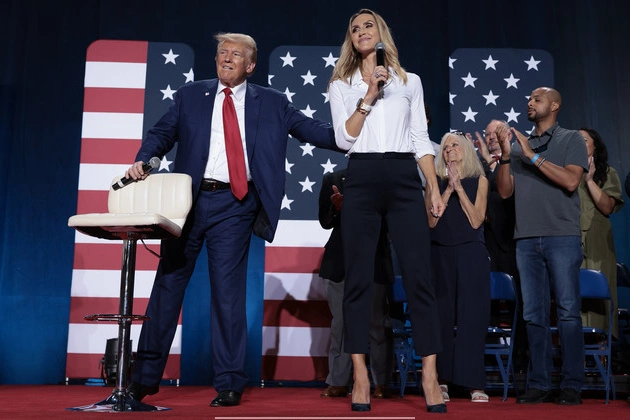
How can disruptions in the global economy lead to prosperity amidst heightened trade tensions and policy uncertainty? The Trump administration’s approach to the trade war presents a real-time experiment with high tariffs on all trading partners. However, the key to this strategy lies in Stephen Miran’s theory of fairer trade, where the U.S. leverages its dominance to shift supply chains and revenue in its favor.
The Theory of Fairer Trade
At the core of Miran’s argument is the belief that foreign manufacturers will be compelled to lower prices to accommodate tariff rates. Failure to do so may result in U.S. importers seeking alternative markets, forcing foreign firms to align with U.S. interests. This shift in dynamics emphasizes the customer-centric nature of trade negotiations.
Challenges and Considerations
While Miran’s theory offers a unique perspective, critics highlight past instances where consumers bore the brunt of tariffs, raising questions about the distribution of cost burdens. The uncertainty surrounding import taxes poses challenges for forecasting inflation and economic growth, particularly for the Federal Reserve.
The Path to Stability
Miran underscores the need for foreign firms to perceive the credibility of U.S. threats to relocate supply chains, signaling a delicate balance between inducing behavioral shifts and maintaining business activity. The gradual recalibration of trade dynamics underscores the time required for the administration’s strategy to take full effect.
Policy Uncertainty and Economic Impact
The evolving tariff landscape contributes to policy uncertainty, hindering investment decisions and fostering a climate of caution among businesses. As the economy navigates fluctuating tariffs and negotiations, businesses grapple with the challenge of planning amidst ambiguity.
Future Prospects and Uncertainties
As the U.S. strives to avert recession, recent de-escalations in tariff threats signal optimism in weathering economic challenges. However, external factors such as geopolitical conflicts and shifting policies pose additional risks that could impact economic projections.
Long-Term Implications
While debates continue on the distribution of tariff burdens, the long-term vision of trade dynamics remains pivotal. Miran’s confidence in the enduring logic of the administration’s strategy underscores a commitment to reshaping global commerce, despite short-term price volatility.
